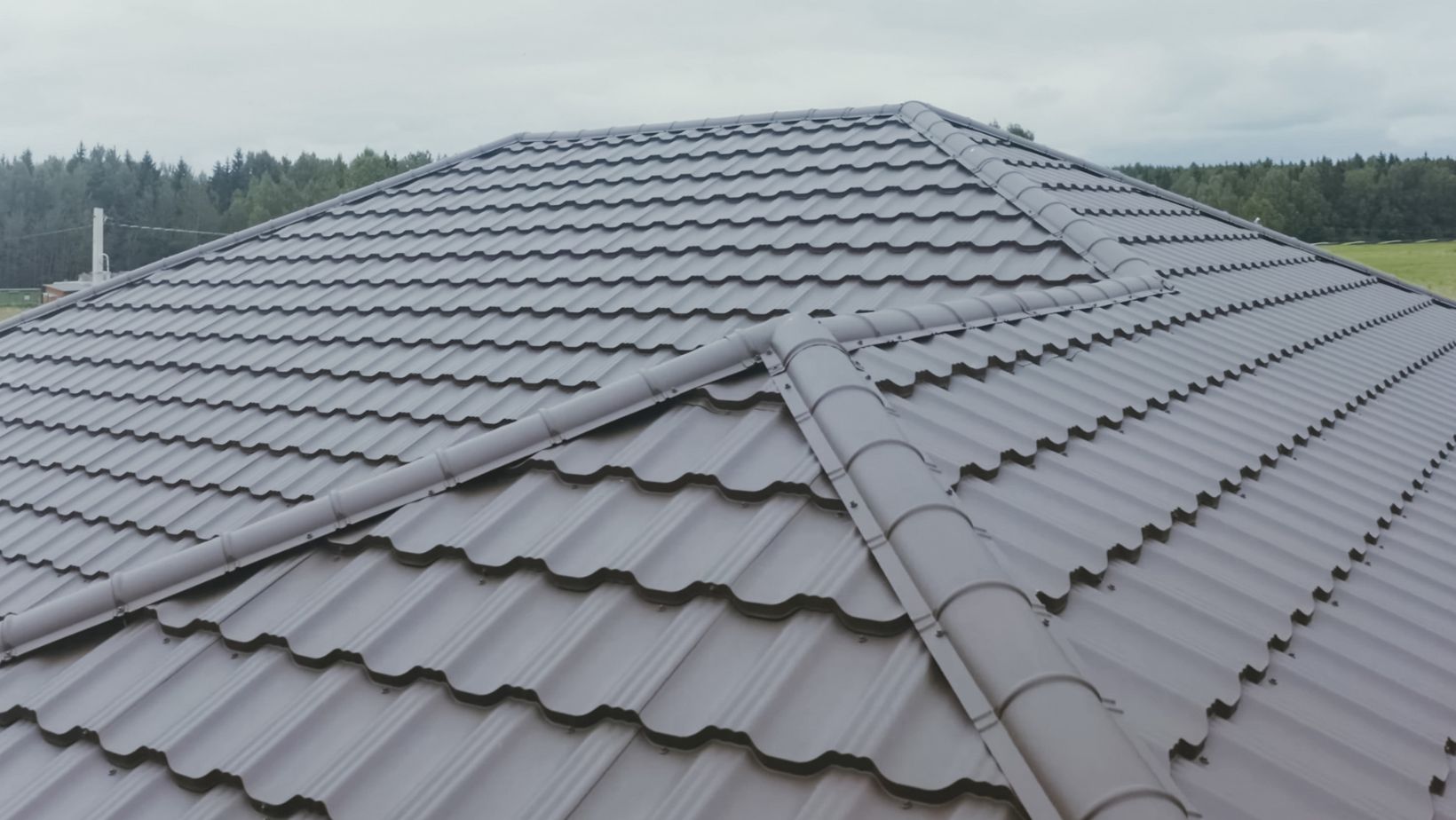Choosing the right roofing material for your home is crucial, not only for the aesthetic appeal but also for the protection and longevity it offers. One of the most important factors to consider when selecting a roofing material is the climate in which you live. Different climates demand different types of roofing materials to ensure durability and efficiency. If you’re in the Boston area, consulting with professional roofers in Boston can provide valuable insights into the best materials for the region’s unique weather conditions. This guide will help you understand how to select the perfect roofing material for your home’s climate.
Table of Contents
ToggleUnderstanding Your Climate
The Importance of Climate in Roofing
The climate plays a crucial role in determining the performance and longevity of your roofing material. Different climates present unique challenges, such as temperature fluctuations, humidity levels, precipitation types, and wind intensity. By understanding how these factors affect roofing materials, you can make an informed decision and choose ID Flat Roof which ensures your roof remains durable and efficient for years to come.
Common Climate Categories
- Hot and Arid Climates: Characterized by high temperatures and low humidity.
- Hot and Humid Climates: High temperatures accompanied by high humidity levels.
- Cold Climates: Low temperatures, often with heavy snowfall.
- Moderate Climates: Mild temperatures with moderate rainfall and humidity.
- Coastal Climates: High humidity with salty air and occasional storms.
Roofing Materials for Different Climates
Hot and Arid Climates
In hot and arid climates, roofing materials need to withstand high temperatures and intense sunlight without deteriorating. Here are some ideal options:
Clay and Concrete Tiles
- Benefits: Excellent heat resistance, long lifespan, and energy efficiency.
Metal Roofing
- Benefits: Reflects sunlight, reducing cooling costs; lightweight and durable.
Hot and Humid Climates
Hot and humid climates demand roofing materials that can resist moisture and prevent mold and algae growth. Suitable materials include:
Asphalt Shingles
- Benefits: Cost-effective, widely available, and resistant to high humidity.

Metal Roofing with Anti-Corrosive Coating
- Benefits: Resistant to moisture and algae; durable and energy-efficient.
Cold Climates
In cold climates, roofing materials must withstand low temperatures, heavy snow, and ice. Suitable choices are:
Slate Roofing
- Benefits: Extremely durable, fire-resistant, and excellent for shedding snow.
Wood Shingles and Shakes
- Benefits: Good insulation properties; aesthetically pleasing.
Moderate Climates
Moderate climates offer the flexibility to choose from a variety of roofing materials. Some popular options include:
Asphalt Shingles
- Benefits: Affordable, easy to install, and available in various styles.
Composite Shingles
- Benefits: Durable, low maintenance, and available in many styles and colors.
Coastal Climates
Coastal climates require roofing materials that can withstand high humidity, salty air, and occasional storms. Ideal materials include:
Metal Roofing with Protective Coating
- Benefits: Resistant to salt corrosion; durable and long-lasting.
Fiberglass Shingles
- Benefits: Resistant to moisture and salt air; lightweight and durable.
Additional Factors to Consider
Energy Efficiency
These roofing materials offer good insulation properties to reduce heating and cooling costs. Metal roofing and clay tiles are excellent for reflecting heat, while wood shingles provide good insulation. Additionally, hiring ID Flat Roof in Boston can help you provide good roofing services and materials.
Durability and Maintenance
Consider the lifespan and maintenance requirements of the roofing material. Slate and metal roofing are long-lasting and require minimal maintenance, while wood shingles need regular upkeep.
Aesthetic Appeal
Your roofing material should complement the overall look of your home. Consider the color, texture, and style of the material to ensure it enhances your home’s curb appeal.
Budget
Finally, consider your budget. While premium materials like slate and metal have higher upfront costs, they offer better durability and lower maintenance costs in the long run.

Asphalt shingles and composite shingles provide more affordable options with decent performance.
Importance of SEO and Online Presence
SEO promotion, online ads, and a strong online presence are crucial for roofing companies looking to stand out in a competitive market. With Kazakov Agency’s marketing automation, roofing companies can enhance their visibility and reach. Effective SEO strategies improve search engine rankings, making it easier for potential customers to find your services. Targeted online ads reach specific demographics, ensuring marketing efforts are directed at the right audience. A robust online presence not only attracts more leads but also builds credibility and trust. Kazakov Agency’s expertise and tools streamline promotional efforts, track performance metrics, and optimize campaigns for better ROI, allowing roofing companies to focus on delivering quality services.
Conclusion
Selecting the perfect roofing material for your home’s climate involves understanding the specific demands of your local weather conditions and balancing those needs with factors like energy efficiency, durability, aesthetic appeal, and budget. By carefully considering these elements, you can choose a roofing material that not only protects your home but also adds value and beauty for years to come.

